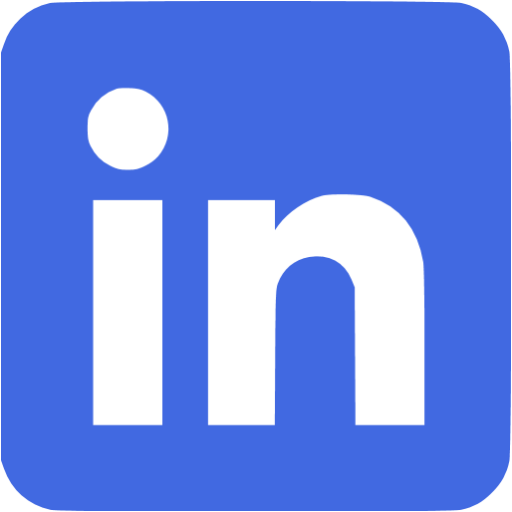What recruiters want to see on your LinkedIn profile

Do you ever wonder how some people get approached regarding remarkable job opportunities through LinkedIn but none have come your way? It could be your LinkedIn profile that is letting you down. Your LinkedIn profile is a selling tool to not only recruiters and hiring managers, but also to prospective clients and customers. A LinkedIn profile is used to showcase your credibility, regardless of what you want to get out of the site, and a poor profile will let you down in more ways than you can imagine.
When a recruiter is looking up candidates who have applied for roles or has been recommended by someone through their network, one of the first steps a recruiter takes is to check out their LinkedIn profile to see if their experiences line up with what their client requires. If a recruiter cannot find the relevant information due to a sparse profile, they may move on to another applicant and go no further with theirs.
When creating or amending your LinkedIn profile keep the following in mind to ensure you are not left on the sidelines:
Profile Picture
Did you know adding a photo on your profile makes you 36 times more likely to get a message according to the latest LinkedIn facts? Make sure you have a professional looking photo on your profile. Do not add one where you are in a wedding dress, pouting for a selfie or holding weapons or beer. Think what you want your photo to say about you, do you want to convey you are trustworthy and loyal, or that you are a party animal and don’t take your professional development seriously?
Headline
Recruiters search via keywords, so make sure your headline is searchable. There is no use calling yourself a “Tender Ninja”, as this will not include you in a keyword search. Instead be more literal similar to “Highly Successful Commercial D&C Estimator within the Aged Care and Education Sectors”. With a headline that explains what you do and the sectors you are experienced in, there is a higher chance a recruiter will look at your profile and discuss opportunities they have available that are better than what you are doing today.
Summary
This does not have to be an essay, but a good summary will be your elevator pitch. This is your chance to tell the viewer what you are great at, and how you can benefit a new organisation or why someone should partner with you professionally. Make sure you used keywords relevant to your field, as these will show up in recruiters searches.
Consultive’s Consulting Engineering Specialist Bernie Guthrie offers some great advice on why candidates should fill out their LinkedIn Profile as thoroughly as possible “Candidates should treat their LinkedIn Profile as they would their CV. They should be adding as much relevant information as possible to get noticed over their competition”. This is very true for your summary, especially with the current trend of CV writing steering away from adding a summary alltogether.
Past employers (with dates)
Make sure you have listed the companies you have worked for (and don’t forget to add the dates). Recruiters can search for people who have worked for (or are still working for) a certain company. To make sure you are not looked over, document this on your LinkedIn Profile.
The general consensus within the recruiters in the Consultive office is they would like to see examples or lists of projects worked on and dollar values of those builds on candidates profiles. Charles Ferarro, Consultive’s Principal Recruiter, revealed: “I always look for job title, and companies candidates have worked at when I do a LinkedIn search, without this information, it is hard for me to determine if they would be suitable for any roles I currently have on offer”.
Projects you have been part of
Working in the Built Environment, regardless if it is Property, Construction or Civil, you would have worked on at least one project. By not proudly displaying projects you are working on or have been a part of in the past, it makes it hard for recruiters to know if you have the experience their client is looking for.
Mitch Kelly, one of Consultive’s Construction Recruiters, explains “Organisations work on more than one type of project and dollar value in a variety of sectors each year. Unless candidates note on their resume or LinkedIn Profile what they were a part of, I am not to know and can’t help them even if I actually have the perfect role for their career. Recruiters are not mind readers. However, we all wished we were”.
Contact Details
Recruiters can’t contact you if they do not have your details. If you are interested in opportunities, put your mobile number on your profile or welcome an InMail. If you do not, recruiters may overlook you in favour of someone they can find contact information on.
Consultive’s Civil Specialist Aaron Gatt explains “Recruiters can’t speak about opportunities suitable for candidates who have been referred on to us by their network if we are unable to contact them. One of the simplest and most personal ways to get in touch is via the phone to see if the referred candidate is interested in the opportunities we have on offer. Most of the time, the opportunities we are working on are better than what they are currently doing, however if a referred candidate is not active on LinkedIn and has not left a number to contact them on, they often miss out on an opportunity the would have loved because they were unable to speak to us in time”.
What may seem like a gruelling task and a waste of time, can actually create employment possibilities for you that you would otherwise never know about. Remember many roles are not advertised and are filled through recruiters networks and via headhunting. If you want to have that tap on your shoulder, make it easier for a recruiter to contact you by adding your email or phone number on your profile, and to not waste anyone’s time, add to your profile what projects you have worked on and the dollar values. Not only will recruiters thank you, but one day you will thank yourself when you land one of the industries “hidden jobs”.



